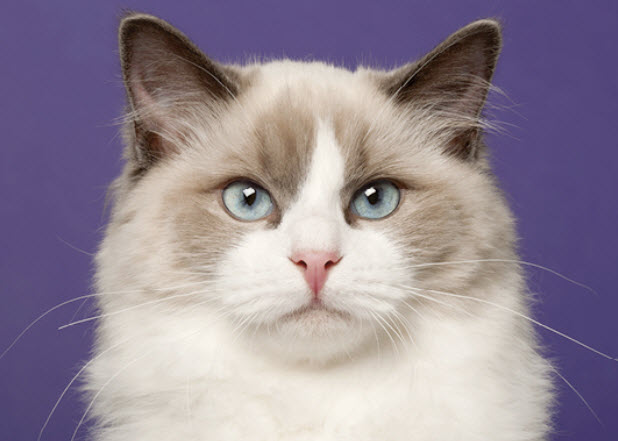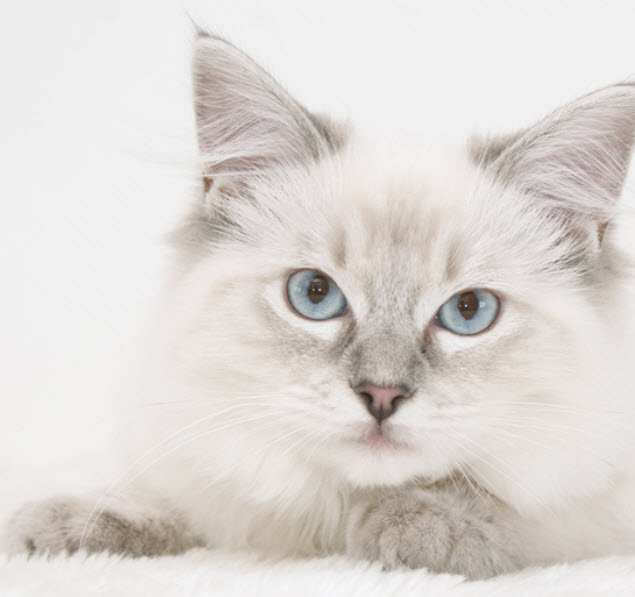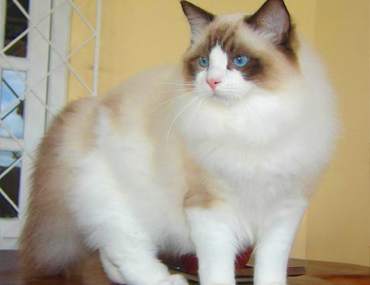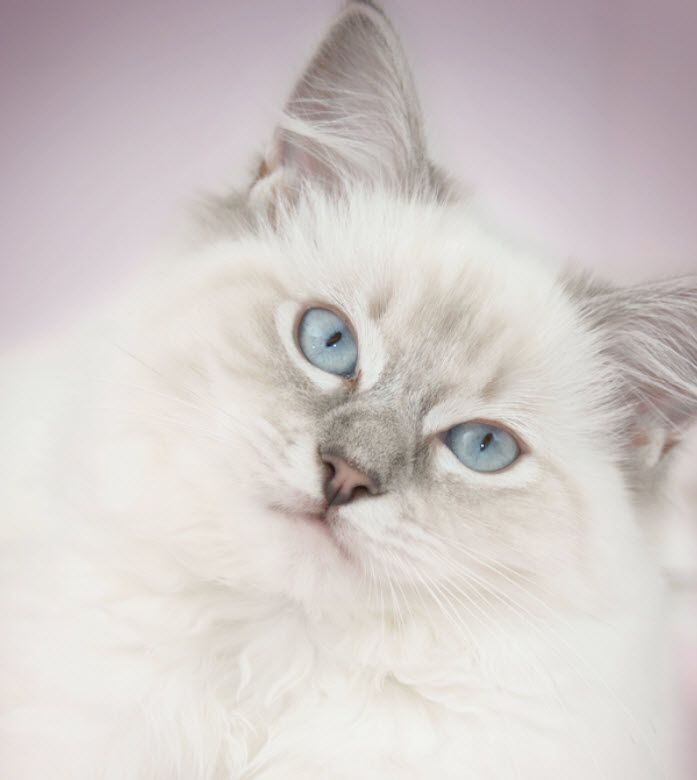hip dysplasia in ragdoll cats
23 August 2021. Hip Dysplasia in Ragdoll Cats.

Why Are My Cat S Hips Sunken In Cats Cat Care Responsible Pet Owner
Ragdoll cats may develop hip dysplasia which can be hereditary or due to the abnormal weight gain of the cat.

. This is a condition where there is a malformation. These cats are also prone to develop eye problems and deafness. Canine Hip Dysplasia CHD is a condition that begins in dogs as they grow and results in i nstability or a loose fit laxity of the hip joint Figure 1.
Polycystic kidney disease is a hereditary disease which is most commonly diagnosed in Persian and Exotic Shorthair cats but is also prevalent in Ragdoll cats. Even if they arent pedigree breeds you may want to consider getting your cat checked out by a vet before introducing them to any other animals or children if they display signs of Hip Dysplasia. In some cats hip dysplasia will not cause any obvious disease but in others especially if more severely affected over time significant and painful arthritis may develop.
Genetic Diseases in Purebred Cats. Hip dysplasia is a common concern among Ragdoll owners. After all not all obese cats have hip dysplasia although quite a few dysplastic cats are overweight.
This condition is characterized by abnormal growth of hip tissues and this may sometimes lead to deformity. The symptoms of feline hip dysplasia will depend on the degree of incongruity of the joint. As in the dog hip dysplasia in cats is assumed to result from a combination of genetic several genes are likely to be involved along with environmental dietary and lifestyle factors.
It is characterized by a thickening of the myocardial mass in the left ventricle which causes a decrease in the volume of the ventricles in the heart. Ragdoll cats are prone to Hypertrophic Cardiomyopathy. The mode of inheritance is polygenic.
Hip dysplasia occurs when the ball and socket joint that make. As a result of this thickening your cats. It is the most commonly diagnosed orthopedic disease in dogs Hip dysplasia is inherited.
Large breeds of dog are more commonly diagnosed with hip dysplasia but cats are by no means immune. This condition is characterized by abnormal growth of hip tissues and this may sometimes lead to deformity. Signs of Hip Dysplasia.
One of the first signs of hip dysplasia in cats is stiffness. Hip dysplasia is a laxity in the socked of the hip joint where the head of the femur fits into the pelvis. Hypertrophic cardiomyopathy in Ragdolls is the most common heart disease in domestic cats.
When getting up from sleep or a nap the cat may be. Abyssinians American shorthair. Joint looseness laxity can lead to degenerative joint disease.
Ragdoll cats may develop hip dysplasia which can be hereditary or due to the abnormal weight gain of the cat. Hip dysplasia affects many species including the human. The hip joint laxity is responsible for potential clinical signs symptoms of hip pain and limb dysfunction and progressive joint changes.
If your veterinarian suspects hip dysplasia it can be diagnosed by x-raying the hips and femoral heads. With that being said we can find the following range of clinical signs. Ragdolls are known for their calm disposition and docile nature.
Hip dysplasia is a congenital disease that affects mostly large breed dogs although any breed can get it and even cats can have a problem with their hip sockets. Primary glaucoma mannosidosis seborrhea polycystic kidney disease peripheral pseudocysts patellar luxation hip dysplasia. It causes weakness and lameness to the rear quarters and.
They can begin experiencing symptoms between 4 and 12 months of age with weakness in the joints until degenerative signs. Hip dysplasia is the abnormal development of the hipbone and the femur coxofemoral joint. While hip dysplasia is most commonly associated with dogs and is certainly more common in dogs than it is in cats nevertheless our feline companions may also be affected by the condition which can lead to pain difficulty moving freely and a progressive degeneration of the hip joints.
The environment under which the cat lives can exacerbate the illness. The clinical picture is one where fluid filled cysts grow within the kidney either in utero during childhood or even in adulthoodAs the cat grows these cysts increase in size and can lead to severe kidney. Hip dysplasia in cats was until recently unheard of but recent research indicates that felines of all breeds are capable of developing feline hip dysplasia.
List of American pure bred cat breeds and their predisposition to genetic diseases. Hip Dysplasia has usually been seen in almost all cats and due to their larger size The Ragdoll is more prone to this diseaseThis is caused by joint failure and specially hip joints that becomes weak and are no longer able to bear the weightThis disease can also appear due to obesity in animalsThe ball and the socket present in the hip. Hip dysplasia is an abnormality of the hip joint in which the hip socket doesnt fully cover the ball at the end of the femur thigh bone.
The hip joint is a ball and socket joint and. Hip Dysplasia in Ragdoll Cats. Hip dysplasia can be hereditary and environmental large breeds of cat such as Maine Coons and Persians have a higher incidence.

Health Problems Of Ragdoll Cats Symptoms To Look Out For

5 Amazing Facts About Your Cat S Sleeping Habits Cat Sleeping Cat Training Sleeping Kitten

230 Ragdoll Cat Names Great Ideas For Naming Your Ragdoll Kitten Ragdoll Cat Cat Names Ragdoll Kitten

Ragdoll Ragdoll Cat Cat Breeds Cat Photo

Pin On Ragdoll Cats And Kittens

Ragdoll Cat Breed Information I 2022

Ragdoll Cats Fun Facts About This Unique Breed The Catnip Times






